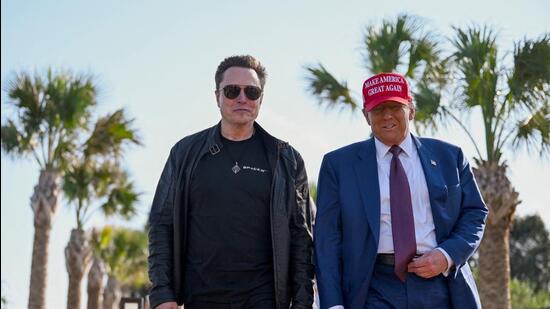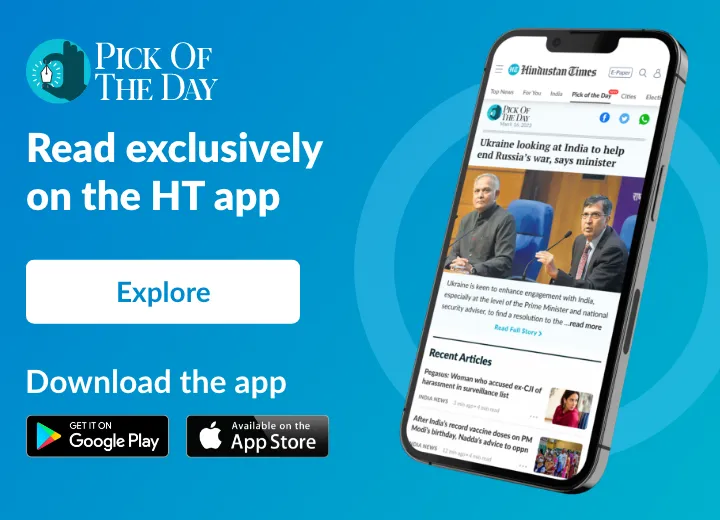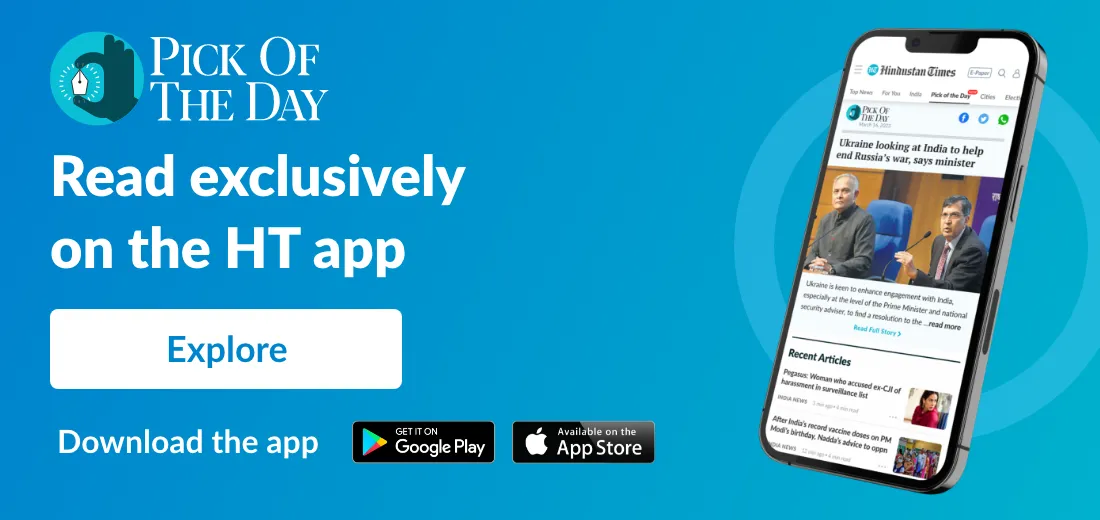Trump’s win inaugurates a new chapter of racism against Indians
The attacks run the risk of having longer-term implications for not just the safety but the opportunities for those from the Indian subcontinent
The last week of 2024 inaugurated a new phase of racism against Indians in America - one that won’t end well.

The beginning of this new chapter was marked by the most intense bout of racism that Indians faced since the 9/11 terror attacks led to suspicion, prejudice and attacks against Brown people. And it runs the risk of arguably having even longer-term implications for not just the safety and security but the opportunities for those who trace their heritage to the Indian subcontinent more generally and India specifically.
The broad contours of what happened are now fairly well-known. But here is a quick recap.
The battle
Donald Trump appointed a Chennai-born, Silicon Valley technologist, Sriram Krishnan, as an artificial intelligence policy advisor. Krishnan has backed easier immigration pathways for high skilled professionals through the H-1B route.
Enter Laura Loomer, a Trump supporter who would otherwise have been one more fringe voice in the Make America Great Again (MAGA) universe but for the fact that she accompanied Trump on his plane to the presidential debate and even to the 9/11 memorial just four months ago, despite having termed the 9/11 attack itself as an inside job.
Loomer used Krishnan’s appointment and backing for H-1B visas to trigger outrage on three fronts. First, she framed Indians who immigrated through this route and became critical to America’s tech world as invaders taking American jobs. Second, she attacked Elon Musk, David Sacks, and other tech titans who supported Trump and H-1Bs, portraying them as imposters seeking to influence Trump for personal gain. Third, she condemned the entire framework of legal immigration as weakening America. This was followed by a range of racist attacks against Indians.
To their credit, Musk and Sacks fully backed Krishnan, with Musk directly taking on the racists, asserting that the Republican Party had to be cleansed of them, explaining why the lack of engineering talent was the foundational weakness of the Valley, and declaring that he would go to war on the issue of H-1B visas, one that he was on when he entered the US himself. At the same time, Musk acknowledged that there was rampant abuse of the system. Musk’s colleague and Republican leader, Vivek Ramaswamy, went a step further and argued that the absence of enough American talent to fill these jobs, thus requiring outside talent, was due to American (White) culture of parenting and how kids were brought up.
So this became the broad framework of the debate. Both sides reaffirmed their loyalty to Trump and opposition to illegal immigration. But that’s where the differences began.
The tech crowd backed legal immigration and pointed to its role in sustaining American competitiveness, while rejecting the racism that was at least partly driving the opposition. But — and this is crucial — even H-1B advocates made it clear they favoured giving jobs to Americans first, backed the H-1B route only for those who were among the most exceptionally talented, opposed the use of the visa route for any other purpose, and promised to weed out the fraud in the system.
The older MAGA base made it clear that they were opposed to current levels of legal immigration and dug out data to claim that Indian companies in US hired Indian workers and brought them through the H-1B route when they could have employed Americans, thus engaging in labour arbitrage. They accused tech firms of hiring foreign workers not just for roles that required exceptional skills but even for run-of-the-mill jobs for which there were enough Americans in the labour force - keeping the foreign workers in servitude and making profits.
After a few days of intra-MAGA wrangling, Trump stepped in and took Musk’s side. He backed the H-1B programme. And it appeared that the debate had settled.
The implications
But the debate may not have truly settled, for here are three key implications of what happened at the end of December.
For one, despite anti-immigrant politics showing its ugly face over the past decade, Indians had largely managed to escape the wrath of the nativist MAGA base - both because the primary ire was directed at illegal immigrants and because Indians were often considered a “model minority”. But racism isn’t selective and those who engage in the politics of othering are on the constant lookout for the next target. The rising power, wealth, and visibility of Indian-Americans made it perhaps inevitable that the nativist base would direct its anger at the Desi community. What Loomer and her ilk have done is open the floodgates for this anti-Indian racism. There will now be a strand within MAGA which will adopt this posture. It may be fringe for now, it may not have the backing of the leadership, but remember in politics of this kind, usually, the pendulum only swings to the more extreme positions. And remember once these positions begin to get articulated in the public sphere, amplified and legitimised in the virtual world, it doesn’t take much for it to translate into the real world.On Friday, a joyous tweet by an Indian-American Congressmen celebrating that the community had six members in the House now invited an avalanche of racist attacks. Expect this to intensify.
Two, the debate has put the advocates of legal immigration reform within the Republican tent on the defensive. To be able to even suggest that Trump administration and the Republican Congress pursue comprehensive immigration reform and attract talent — a position that the national security, corporate and tech constituencies of the party hold — they will first have to wait for a major crackdown on illegal immigrants. This was a key promise that helped Trump win. His picks to handle immigration — Stephen Miller at the White House, Tom Homan as the border czar, Kristi Noem at homeland security — all share an almost messianic belief in radically increasing the scale of deportation of those who allegedly entered the US illegally. With Indians (especially from Punjab and Gujarat) now high up in the list of illegal immigrants, expect the crackdown to extend to them. But the operative point here is that until this process plays out, it is likely that the administration will slow down H-1B and green card processing times and divert resources and personnel. It is also likely that political advocates of H-1B will refrain from engaging in another round of confrontation with the base.
Three, the backlash has created a situation where even the fiercest advocates of H-1B route are not seeking its expansion or enhanced mobility of more professionals, which is frankly what America needs and which is the basis of a lot of enhanced collaboration between India and the US on the tech side, for what India can offer is talent.
Trump himself is not the most reliable barometer on this, given his publicly expressed hostility to the programme in the past. Even Musk and Ramaswamy have said they want a more focused visa process that focuses on top-tier talent. When a user on X pointed out that a majority of those who were entering America on H-1B were coming in for “relatively lower wage IT and financial services jobs”, Musk responded with his own post, “Easily fixed by raising the minimum salary significantly and adding a yearly cost for maintaining the H-1B, making it materially more expensive to hire from overseas than domestically. I’ve been very clear that the program is broken and needs major reform.”
Sacks, the AI czar, added, “Elon has said that H-1B should be overhauled, that it should focus on exceptional talent in high-value areas, and that the scams and low-pay jobs should end. This is not to say there aren’t still differences but less than it first appeared. Time to move forward as one team.”
All of this means that, at the very minimum, there will be more vigorous implementation of rules related to the issuance of the visa. Don’t be surprised if companies become even more careful, consular officers become even more careful, and the broader optics around the visa changes.
It is in America’s interest to import talent. That is what continues to give the country a substantial edge over its adversaries. But eventually, it is a sovereign decision, a decision that will inevitably be a product of the political climate of the times and the balance of power within the host society between forces that favour and oppose immigration. Given that the lives and futures of Indian citizens are at stake, New Delhi should closely monitor this debate and vigorously protect its citizens’ interests. But the signal is unmistakable - the political era that enabled the post-2000 surge in Indian immigration to the US is drawing to a close.








